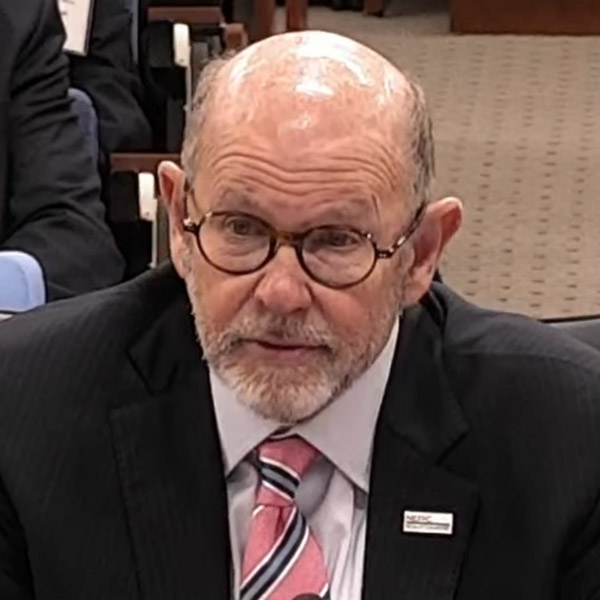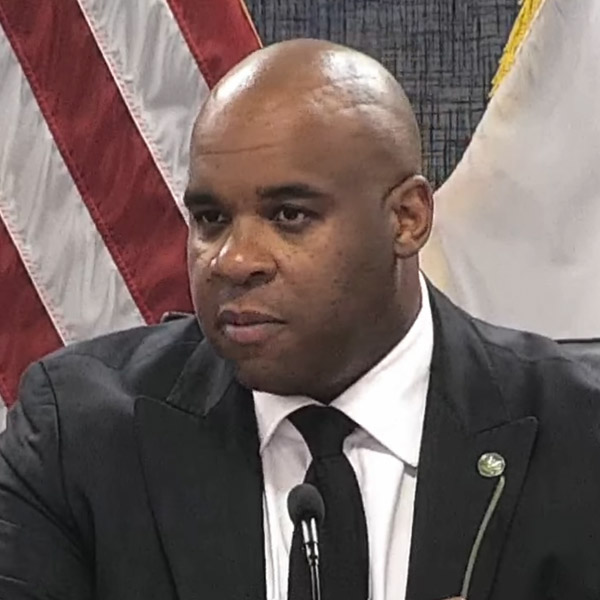ISO-NE is not planning to pursue development of simultaneously clearing seasonal capacity auctions as part of its capacity auction reform (CAR) project, Chris Geissler of ISO-NE told the NEPOOL Markets Committee (MC) on Oct. 16, updating stakeholders on the RTO’s most recent plans for its multiyear effort to overhaul its capacity market.
The CAR project encompasses ISO-NE’s ongoing work to improve resource capacity accreditation, reduce the time between auction and capacity commitment periods (CCPs), and split the annual CCPs into distinct seasons. The RTO aims to complete the project in time for the 2028/2029 CCP (CCP 19) and has delayed its next forward capacity auction for three years to develop the reforms. (See FERC Approves Additional Delay of ISO-NE FCA 19.)
ISO-NE previously had floated the possibility of simultaneously running the seasonal auctions for each year to enable generators to account for fixed annual costs and submit bids that are contingent on clearing in both seasons.
However, Geissler said the RTO is concerned that developing a simultaneous auction design could jeopardize the timeline of the CAR project.
“The time and resources needed to pursue such a design would take away from other parts of CAR, including the RAA modeling and accreditation efforts,” Geissler said, adding the RTO has “concluded that the risks of pursuing this approach for CCP 19 outweighed the benefits.”
Power generators and consumer groups have pushed for a simultaneously clearing seasonal auction, arguing that the design could reduce risks for generators and overall costs for consumers.
In comments submitted to ISO-NE in the summer, Calpine wrote it has “grave concerns” with a seasonal auction that does not account for generators’ annual costs, adding that “simultaneously clearing seasonal auctions, with offers for each season and the entire commitment period, must be in [the] CAR scope.”
Geissler said ISO-NE will consider developing a simultaneous seasonal auction design after the CAR project is complete.
ISO-NE is also not planning to include in the project a focus on correlated outages and resource start times, or reforms to how the capacity market treats retained resources, although the RTO may consider these aspects for development after CCP 19.
Modeling resource start times in the resource accreditation process has been a priority for some storage developers, but ISO-NE found “it is not feasible to consider resource start times for CCP 19 due to technical limitations,” Geissler said.
ISO-NE similarly determined it is infeasible to model correlated outages, citing data availability challenges and the limitations of the RTO’s resource adequacy modeling platform. Geissler noted that ISO-NE’s proposed approach to accounting for the region’s gas constraints will account for correlated outages stemming from limited gas availability.
While New England gas generators often struggle with fuel availability during cold days, outages due to extreme cold weather also pose a significant reliability risk. On Christmas Eve in 2022, resource outages during the evening peak triggered a capacity shortfall event, and ISO-NE said the outages “were caused by cold temperatures or mechanical problems, and not due to inadequate fuel supplies.”
Geissler also provided additional information on how the reformed capacity market will treat resources that are retained due to local transmission security concerns. He said resources operating under reliability-must-run contracts “are expected to offer into the day-ahead and real-time energy markets in a manner similar to other capacity resources” and “are economically committed and dispatched based on their energy supply offers.”
In an Oct. 9 memo, ISO-NE said it is not planning to change its current approach to pricing retained resources at $0 in the capacity supply curve.
Geissler noted that if ISO-NE finds a future need for resource retentions for energy security reasons, it “commits to simultaneously assessing and including a different pricing mechanism for stakeholder consideration.”
CAR Schedule
ISO-NE said it is planning to begin discussions with stakeholders on the detailed design of the prompt market and resource retirement reforms in early 2025, with the intention of filing this portion of the reforms in late 2025.
The RTO is planning to begin discussions on resource accreditation and the seasonal market design in late 2025 after the first phase of the project is complete.
Geissler emphasized that both filings will need to stand on their own given the uncertainty of FERC’s response.
Votes
The MC unanimously voted to approve a set of revisions to the RTO’s manuals to conform with ISO-NE’s day-ahead ancillary services initiative, which is progressing toward a March 1, 2025 implementation. (See FERC Approves ISO-NE’s Day-Ahead Ancillary Services Initiative.)
The committee referred to the NEPOOL Generation Information System (GIS) Operating Rules Working Group a request from the Massachusetts Department of Energy Resources to update the GIS to include information “regarding when a facility became eligible under Massachusetts clean, alternative and renewable energy standards.”

